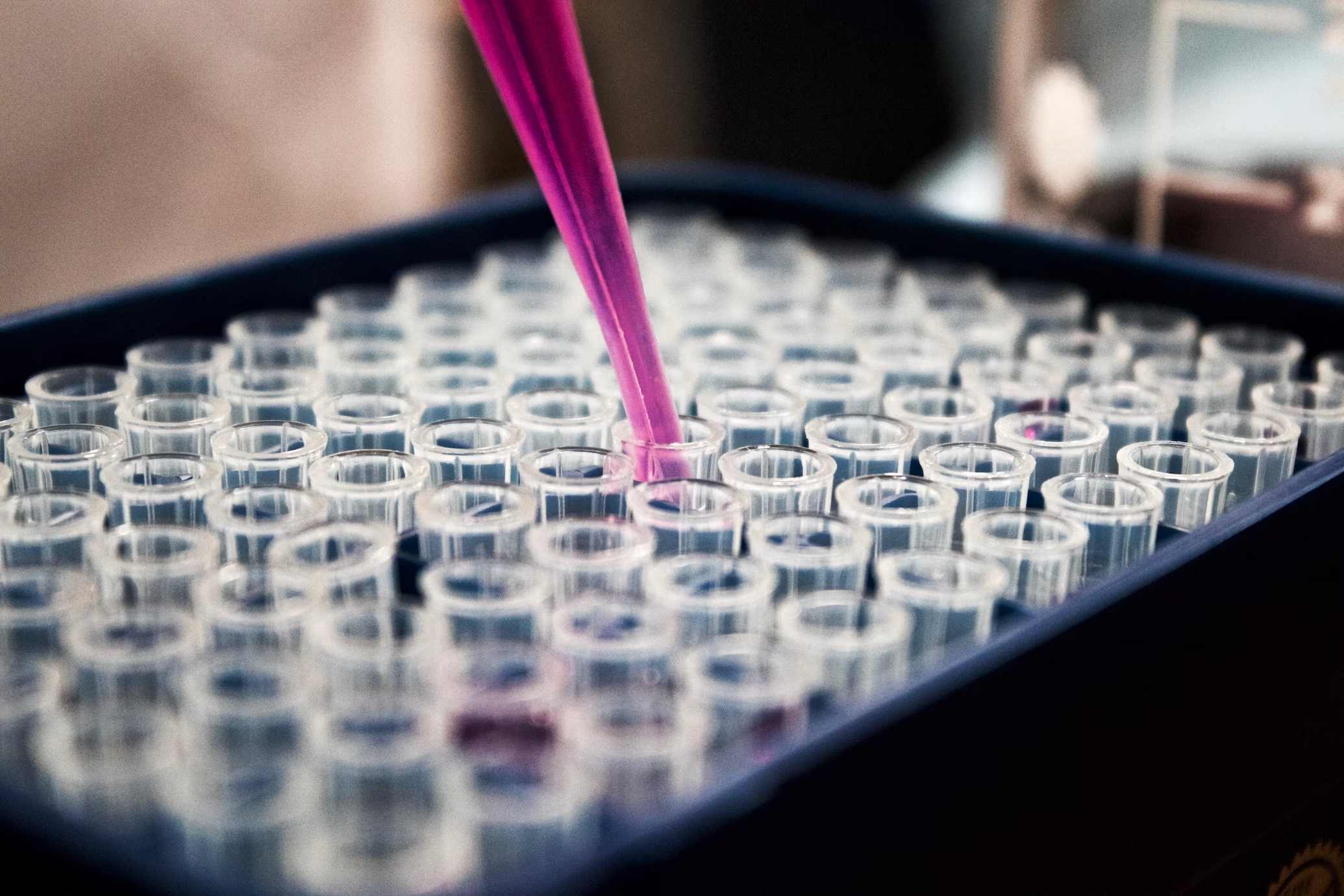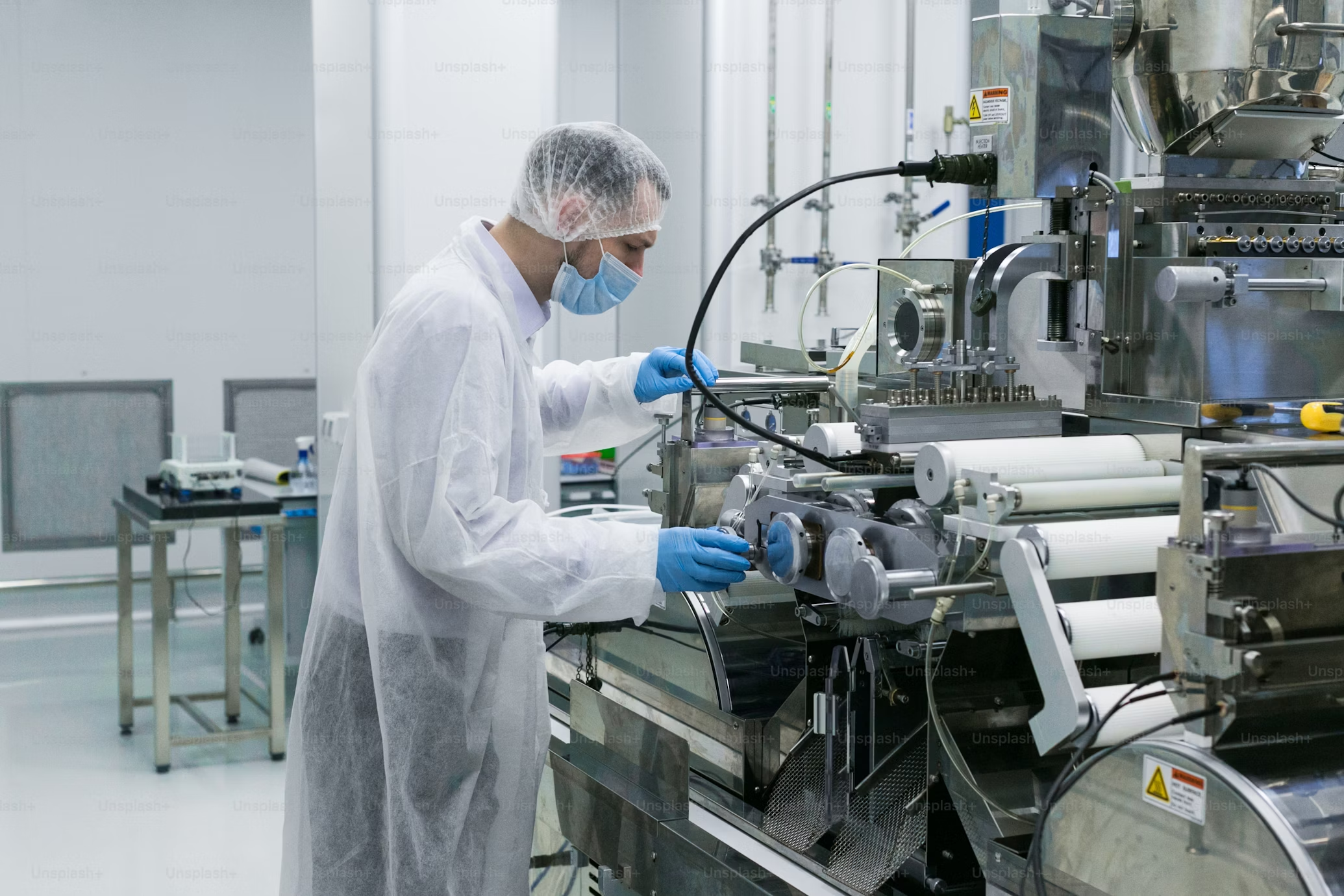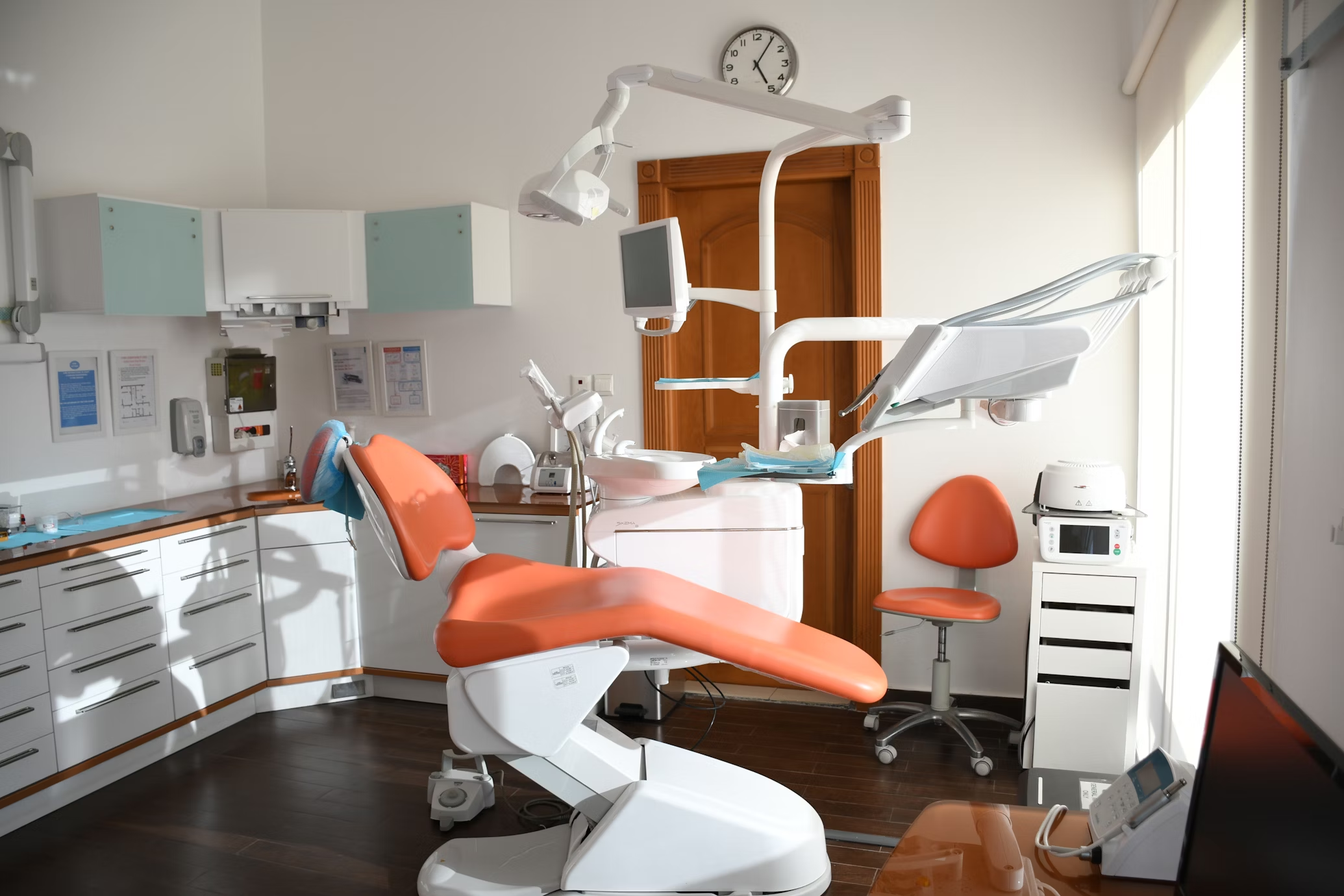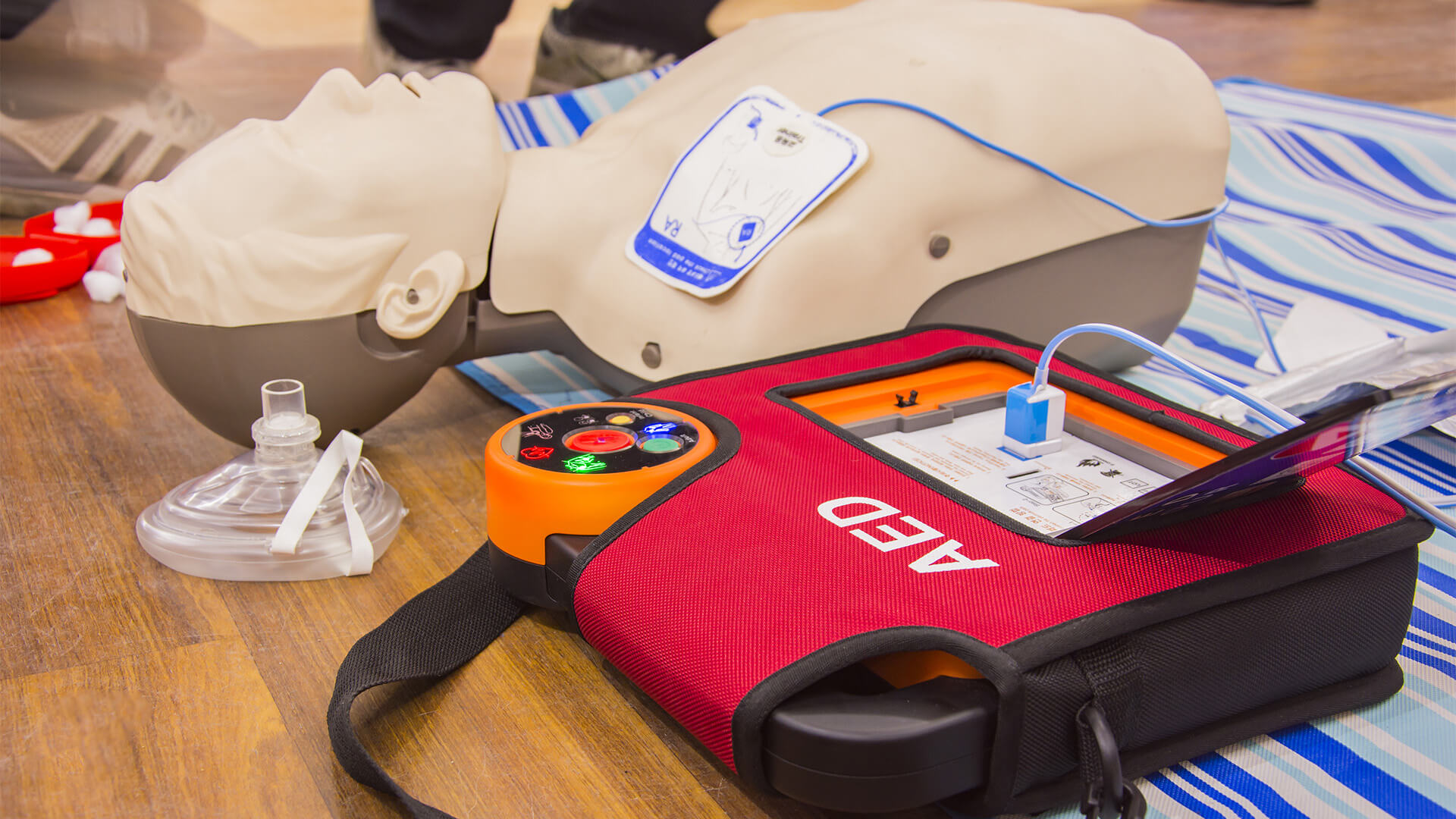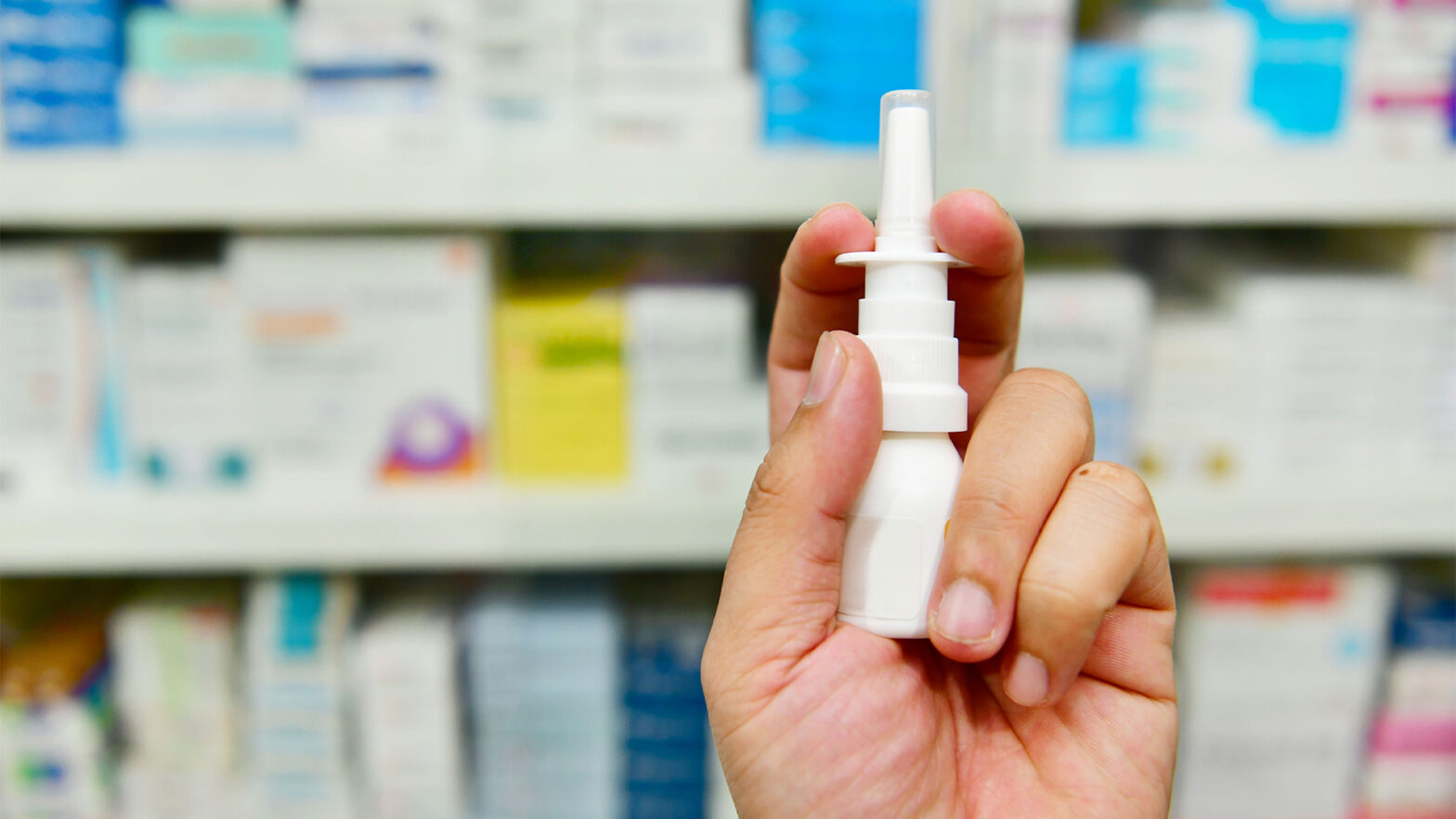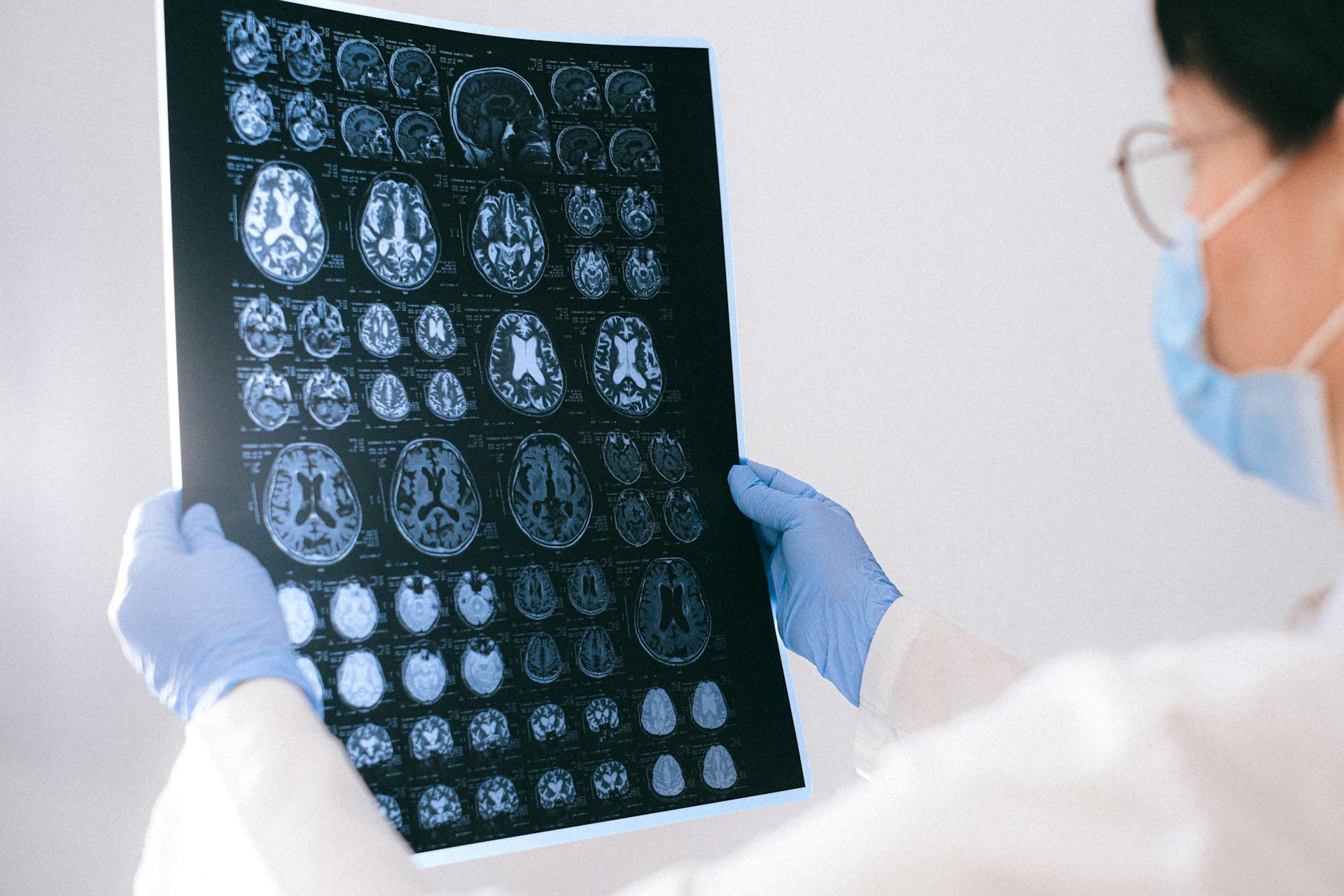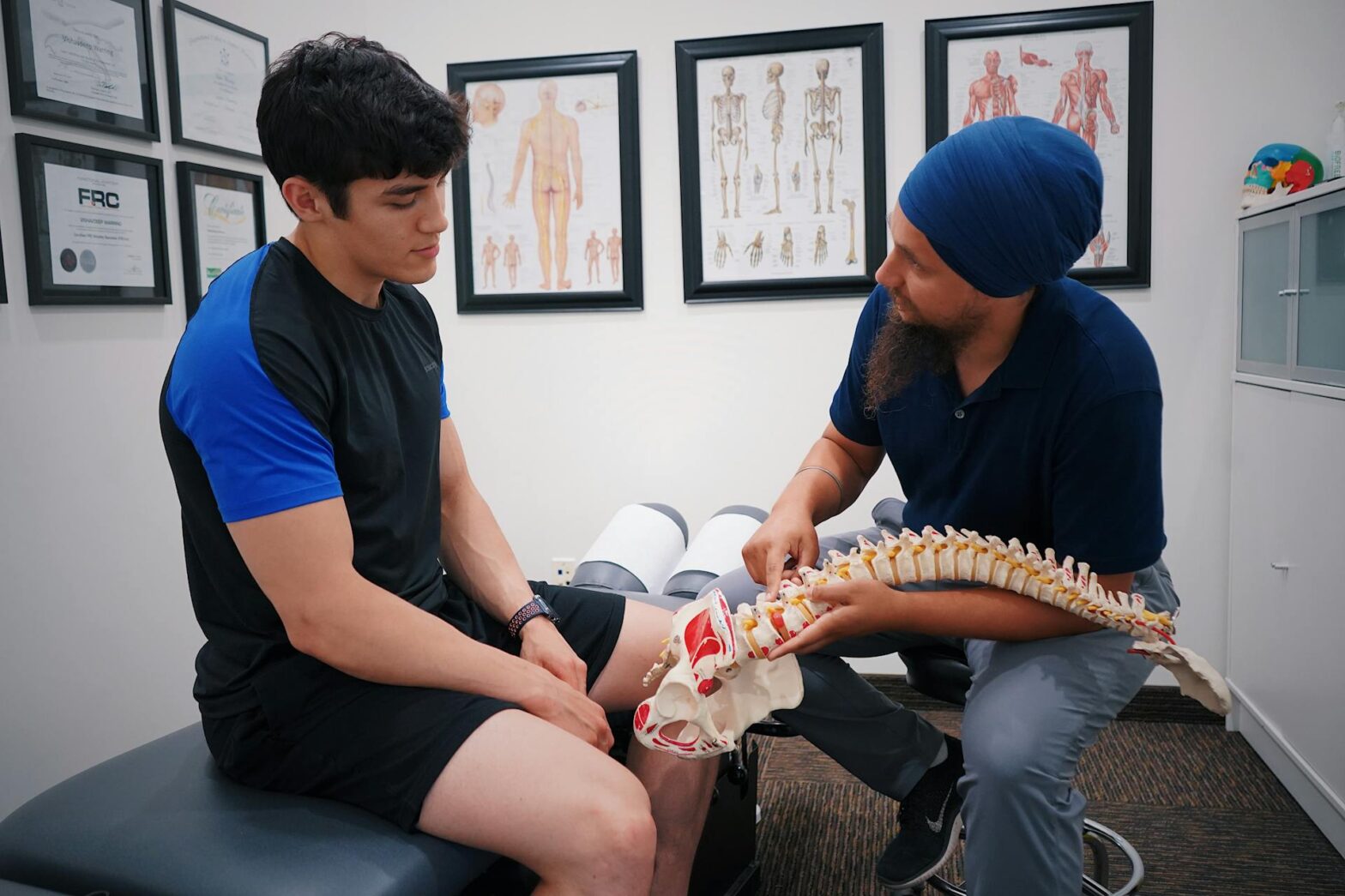A more accessible use of Automated External Defibrillators (AED) is being pushed in several countries, especially as the incidence of heart disease continues to rise globally.
Coronary heart disease is the leading cause of death worldwide, claiming the lives of more than 7 million sufferers every year, according to the World Health Organization. Similarly, the American Heart Association says that up to 475,000 Americans die of cardiac arrests at any given year. More than 350,000 of these incidents occur outside of medical facility settings.
This alarming situation has urged the state and federal governments to require public establishments such as workplaces, malls, and other places with high traffic. Still, the National Safety Council surmises that up to 40,000 deaths due to cardiac arrests which can be prevented with a more accessible use of this essential medical equipment.
There’s no doubt that AED can save lives. But do you know what it is and why it’s important? Read this article to find out.
What is an AED and What Does It Do?
You might have seen this medical equipment in public places; an encased tool located conspicuously and in plain sight. Unlike a first aid kit, an automated external defibrillator is what you need in tackling a more serious health emergency like sudden cardiac arrest (SCA).
This serious health problem is often confused with a heart attack. For the uninitiated, a heart attack is caused by a blockage in the heart’s blood vessels, preventing proper blood flow and causing the heart to stop. A sudden cardiac arrest, on the other hand, is an electrical malfunction, eliciting an erratic blood pumping action. An abnormal heart function can trigger loss of consciousness and breathing difficulties.
The bad thing about SCA is that it can affect anyone regardless of age. And, there are rarely any warning signs.
Fortunately, an AED device such as the ones manufactured by Avive can be used to check a person’s heart rate and provide an electric shock to correct the malfunction, if necessary. This medical device can save lives by detecting two abnormal heart rhythm functions: Ventricular Fibrillation and Ventricular Tachycardia. Once it detects abnormal heart rate, it notifies the user to send an electric shock in an attempt to restore its normal rhythm.
This medical device may look complicated, but it’s relatively easy to use. Apart from monitoring heat rates and delivering an electric shock, it likewise provides rescuers with instructions on how to perform Cardiopulmonary Resuscitation (CPR) properly.
CPR is defined as a lifesaving first aid procedure applied to a person whose heartbeat has stopped. It can also be performed in persons who has stopped breathing, for instance, those who have been saved from drowning. The procedure aims to restore the flow of oxygen towards the brain and the body’s other vital organs.
Why is Access to AED Important?
According to the report of Sudden Cardiac Arrest Foundation, sudden cardiac arrest is the third major cause of death in the U.S.
Not all people who experience sudden cardiac arrest will survive. But, having access to an AED whether at home, in the workplace, and in any other public setting can make a big difference. According to estimates, the timely use of AED and proper application of CPR can increase the likelihood of survival by more than 40%. Additionally, AED use combined with CPR increases the life-saving chances in an SCA sufferer by 75% as compared to using the latter alone. The survival rate for an SCA sufferer declines to up to 10% with every minute that he or she is left unattended.
Because SCA can happen to anybody, anywhere, and at any time, having easy access to AED is critical in preserving lives. In fact, the U.S Food and Drug Administration is pushing for greater access to this medical device in public places such as airports, community centers, school, government offices, and of course, medical facilities.
To reinforce this mandate, the American Medical Association (AMA) also advises the business owners and the management of installing AED devices in private and public structures where people converge, job sites included.
In some workplace settings, employees are at risk of being subjected to occupational injuries. A coronary heart disease isn’t the only potential trigger for sudden cardiac arrest. Electrocution and asphyxiation, which other workers may be exposed to, can also cause SCA, according to the Occupational Safety and Health Administration (OSHA). The labor safety agency further said that an estimate 400 employees die due to cardiac arrest while at work, annually. This makes an AED an essential medical device in the workplace.
How to Use the AED
Would-be rescuers will find that defibrillators are quite easy to use. Before using the device, the user must ensure that the scene is free from any potential accident-causing material. For example, if the SCA is caused by electrocution, make sure that there’s no live wire nearby.
Ask someone to call 911 or other emergency medical services. Then, follow these steps:
- Turn on the AED and follow the audio or visual instructions relayed by the machine.
- Open the victim’s shirt to expose the chest. Wipe it dry to ensure that the device sticks well to the victim.
- Attach the AED pads and plug in the connector.
- No one should be touching the person at this point.
- Push the button to activate the heart rhythm analysis.
- If the AED device notifies you to send the electric shock, push the button to initiate the action.
- After delivering the shock, administer CPR. And continue to follow the prompts from the machine.
- You can also perform CPR if the defibrillator doesn’t suggest to deliver the shock.
- If the person is revived, stop performing CPR and monitor the patient.
- Wait for the emergency medical services to arrive.
Ideally, everyone should be able to learn how to use an AED. But the OSHA suggests authorizing only a few staff to use the device in emergencies. These staff members should be trained accordingly based on the manufacturer’s protocols. In-office defibrillators should also be placed in a conspicuous area that’s also easily accessible.
The Bottom Line
The use of AED can save lives. Let’s not debate about that. However, a person should endeavor to receive other types of life-saving trainings such as CPR administration and other first aid techniques. Acquiring the basic knowledge and skills could help you save someone’s else’s life until the arrival of professional medical services.



